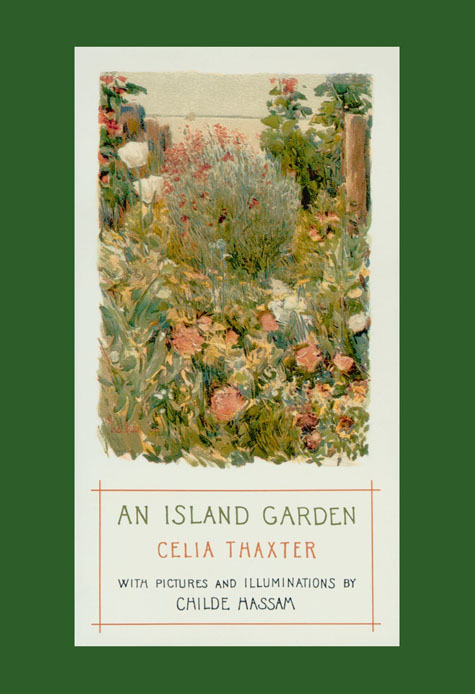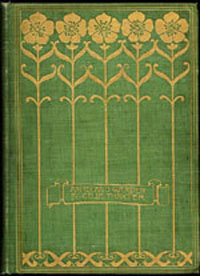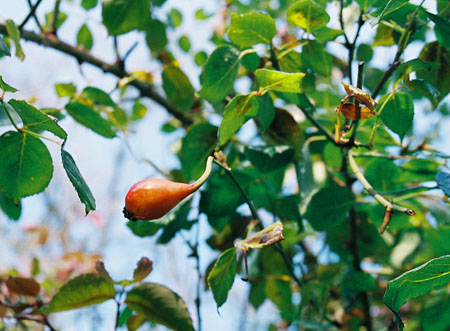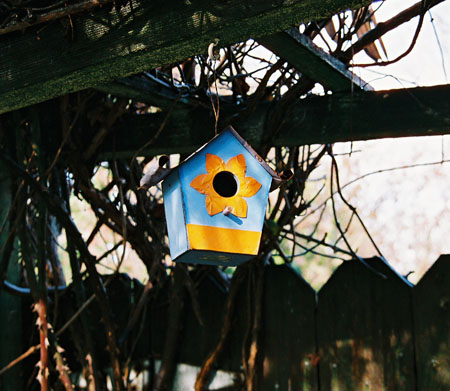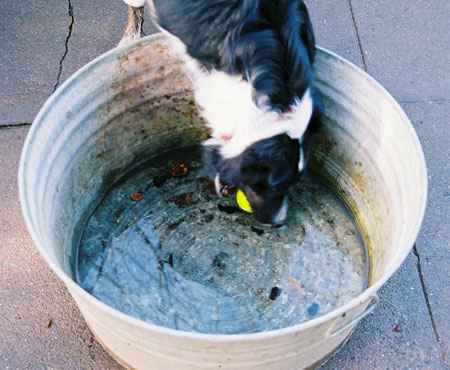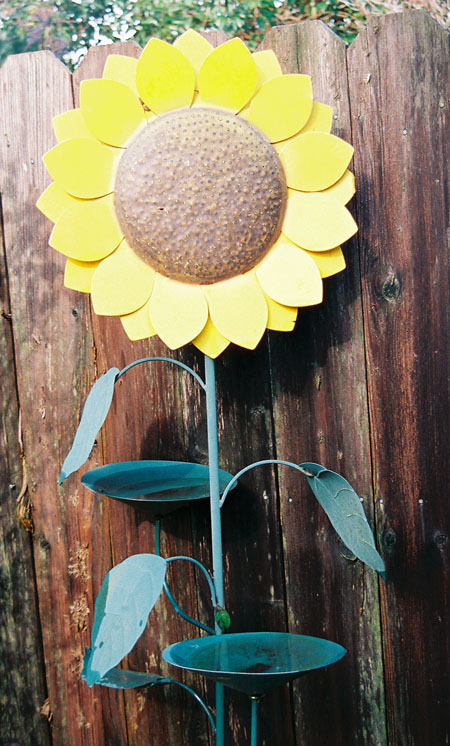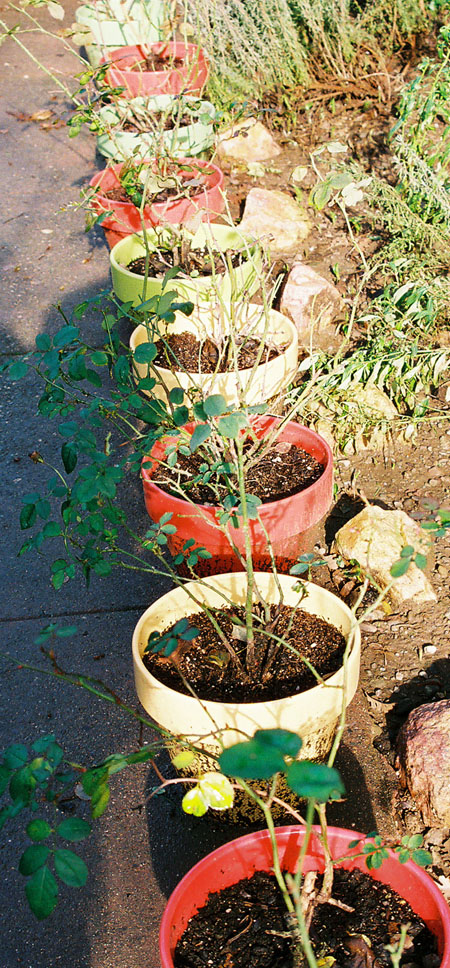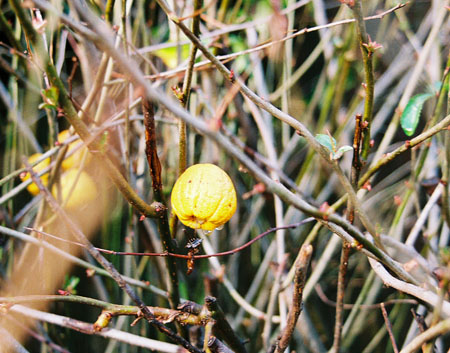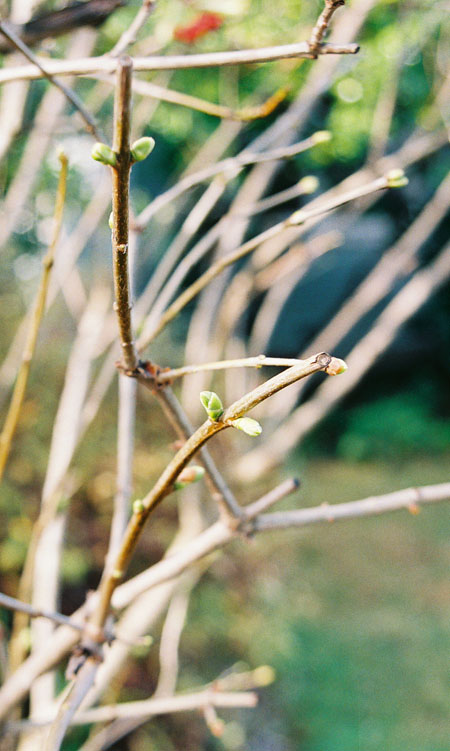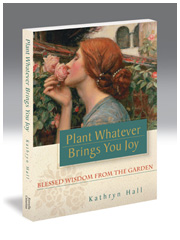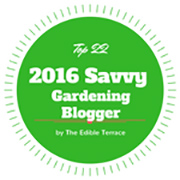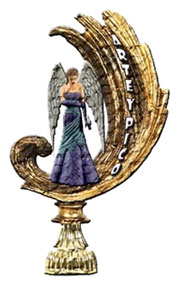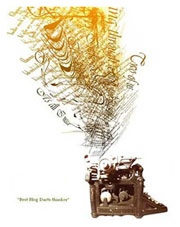
As gardeners we all spend an inordinate amount of time deciding what we shall plant, when and where we shall plant it, and, more importantly, detemining as best we can, when we will be reaping the benefits of our efforts. Sometimes our
intention is primarily bodily sustenance, for example, a tomato ripely harvested for a timely luncheon. But upon very little reflection we recognize that more often than not what we are seeking is primarily beauty in all its abundant splendour and variance. I would certainly most definitely fall into that category of a gardener seeking beauty, as beauty, I find, feeds my soul, and therefore it will not surprise a single one of you when I tell you about when I first fell in love with diamonds.
The word diamond stems from the Greek word adamas which means indestructible. Diamonds, the flowers of our Earth, which form over thousands if not millions of years, lie deep in the Earth’s belly, until a series of dynamic events such as earthquakes and volcanoes push them laboriously to the surface, where some soul finds them and they come most likely to market. Juxtapose the life cycle you have come to rely upon, dear gardeners, of seeds and dirt and water and light, next to the life cycle of the diamond, of carbon and moisture and pressure and Lord knows what else that transpires 75 to 120 miles beneath the surface of the Earth in which we toil. And compare for a flickering moment the upward push of your own bulb, or seed, pop! out of the Earth. Voila! Yet the birth of the diamond requires nothing less than a cataclysmic force to break free of the place where it is created.
Well, you see the point.
And beauty? Oh, my, yes.
So this is how I found my way to diamonds.
I honestly didn’t grow up with a huge awareness of diamonds. If I did it was strictly in the common perception that women, in this case primarily my mother and grandmother, wore rings with diamonds in them. Nothing too flashy. It was probably my stepmother who put diamonds squarely on my radar as she had the quirky habit of talking with her hands in front of her chest, fingers pointed upward, palms toward her own body, so that one could not help but notice her rings. As in diamonds. Big ones. So in recalling any conversation with her, the sentences one remembered were frequently punctuated with bright flashes of sparkling light. Hmmm…
My first actual foray into the world of diamonds began with a strange let’s call it a Trial Run. I found myself attracted (all that sparkle) to the Cruise Ring section of Nordstrom. [Translation for the uninitiated: cruise rings are designed to give you a little bling without the danger of losing any real value; they are all made of cubic zirconia–perfect for a cruise!] I actually watched myself not only buy a rather large one, but then proceed to wear it to a conference, just for kicks.
True story.
On the way home from said conference I pulled up to a jewelry store, still wearing the fake-o ring and proceeded to tell the clerk behind the counter what I’d just done. Who knows why? Seeking absolution? Instead she looked me seriously in the eye and said, “Let me show you something.” In seconds she whips out the identical diamond replica of what I’m wearing on my finger. Three rows of small diamonds, seven diamonds in each row. You can imagine my surprise. So of course I tried it on. And it fit. Mouth hanging open. Next frame: the salesgirl temptress utters the magic words, “It’s going on sale.”
“When?”
“March 15th.”
“That’s my birthday.”
Silence.
“I’ll be back.”
And I was. Cash in hand. Mine. For my birthday. Wow. And wow. And wow.
It was a stretch, I’ll tell you the truth.
Then guess what? After prancing around for months with this ring on, happy as a lark in spring, I returned home from a quick trip to the health food store, and it was (gasp) GONE! I could not believe my eyes. It was simply not on my finger.
I had no idea when it had disappeared or where. The only thing I could possibly point to was that a woman in black had bumped up against me rather hard in the health food store so I could only surmise that she was a master thief and had managed to masterfully take the ring off my finger. You know? Like in the movies. I filed a police report with those details.
But then I had no ring. Here’s what I found myself telling myself:
“I refuse to be twice victimized! First I have a ring stolen and now I have no
ring???”
So I did what any self-loving woman would do. I bought another diamond ring.
Very different, but there were the diamonds on my hand that I had now come to expect. And I felt better.
I have always brought my daughter up to believe that if jewelry belongs to you and it disappears, it will find its way back.
The following spring, on March 14th, one day before my birthday, on my four acres of land, I was rummaging around in the mud, Lord knows why, and a flash of light caught my eye. There buried in that muddy mud was my beautiful 21 diamond ring. Birthday present from the Universe, coming home.
Thank you, Universe. Thank you Earth for the precious gifts of diamonds. I love them.
What is it you long for and do not step forth to manifest in your life that would bring you pleasure, joy and beauty?
Love and blessings,
Kathryn xox
Posted on January 19th, 2008 by Kathryn
Filed under: Planet Earth | 8 Comments »

